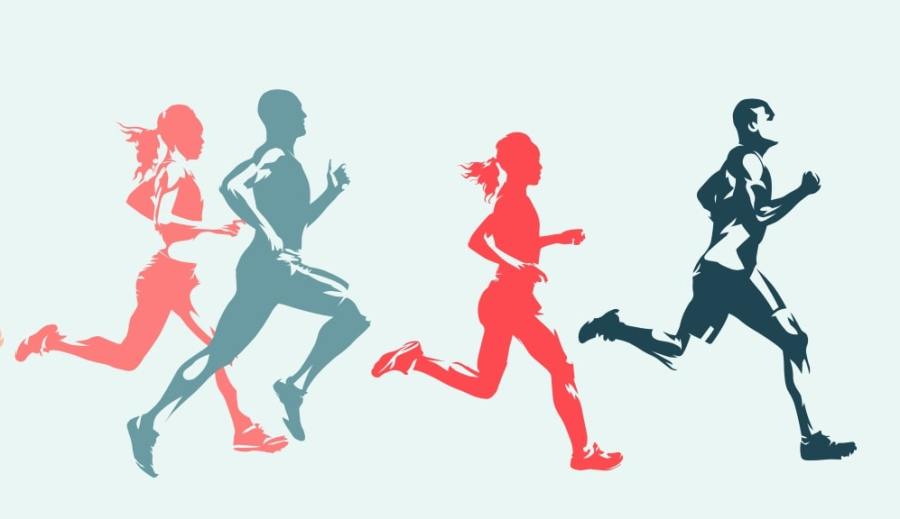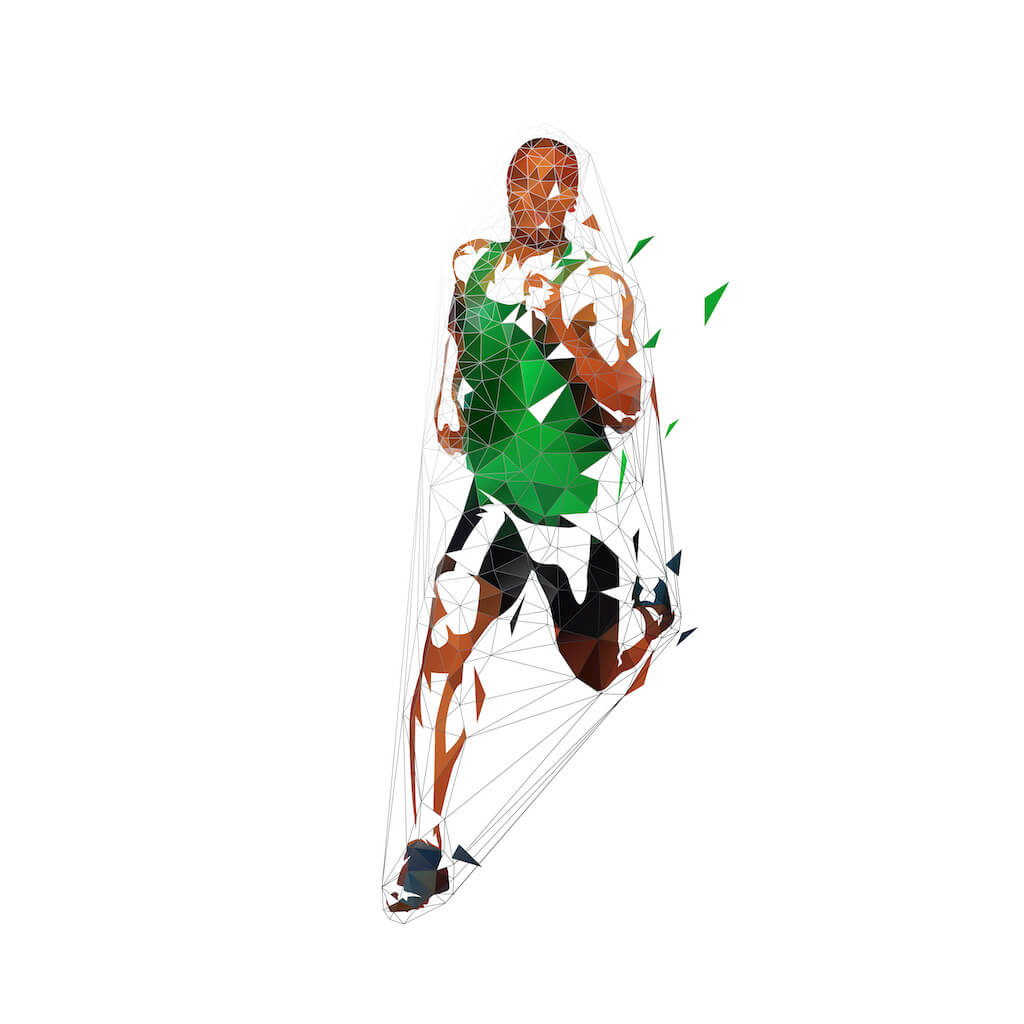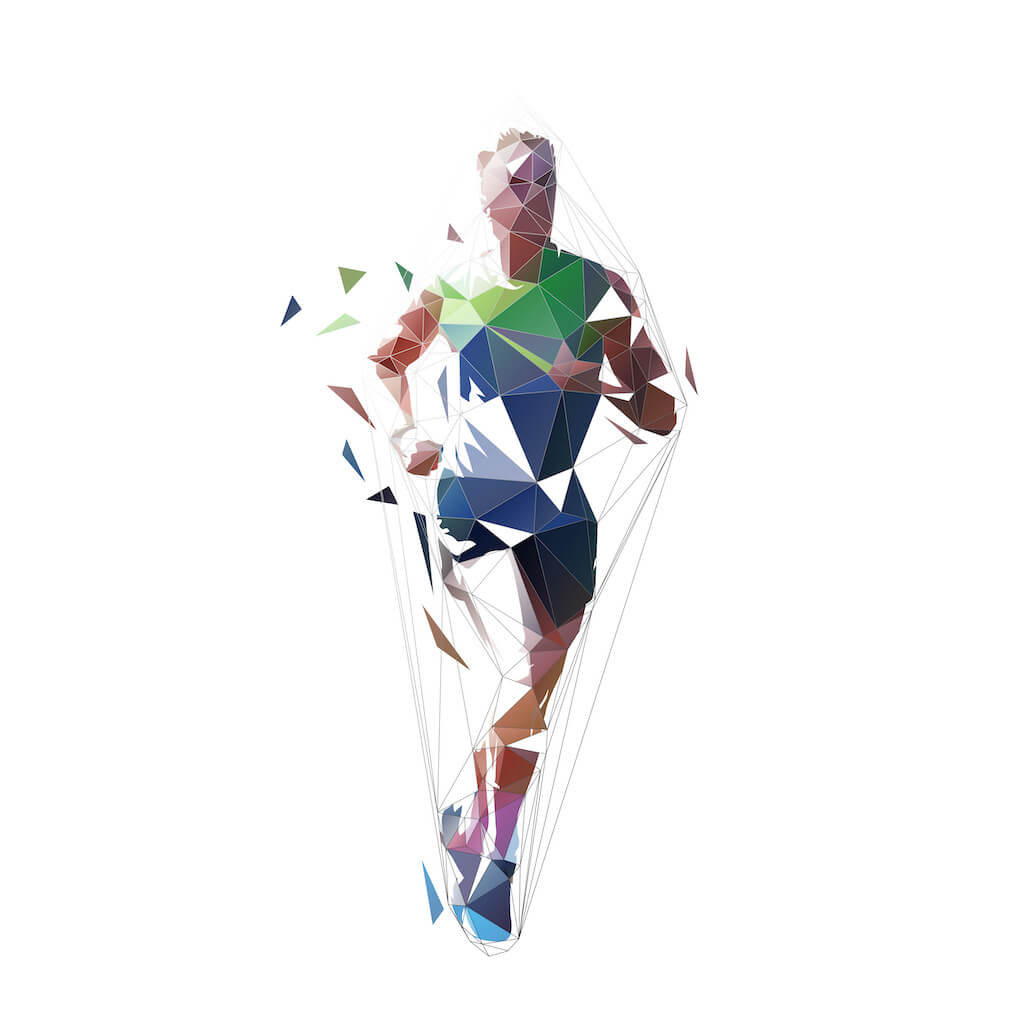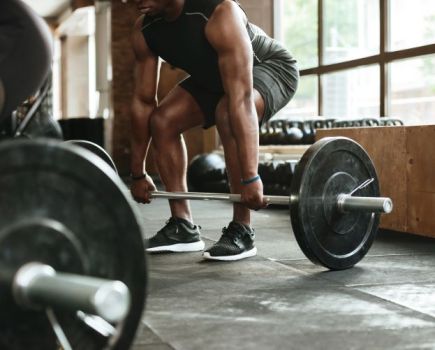If you want to know how to improve running form, you need to tap into the elastic energy of your fascial system…
There’s more to running than simply donning your best running shorts, pumping up the tunes and heading out the door. ‘Movement guru’ Shane Benzie traveled the world in search of the secrets of the best runners on the planet, but what he unearthed actually exists within us all. Here Tim Major, the co-writer of Benzie’s The Lost Art of Running, explains how to improve your running form in five simple steps.
It was an email that took half an hour to draft and several days of nervous deliberation to send. The question – perhaps a bold one for someone who had never written one before – was whether the Mr Miyagi of movement, Shane Benzie, wanted to write a book with me. The answer, in typical fashion for a man dubbed by tea-drinking-and-Pennine-Way-conquering ultrarunner, Damian Hall, as the “Indiana Jones of the running world”, came from a remote location on the other side of the globe:
“In the middle of the race but came across some internet!
I am absolutely up for that. Let’s get together on my return for a chat!!”
And with that, we set off on our own epic journey. It was a journey, though, that didn’t start because I particularly wanted to write a book. It started because what Shane taught me when we worked together on my running was so mind-blowingly powerful, that I knew we had to get his story out to as many runners as humanly possible.
Learning how to improve running form
I wanted to improve. After years of searching for effortless gains in shoes, gear and gadgets, I finally realised that what I’d never invested in is how I actually run. For a sport that requires such a repetitive movement, that was verging on negligence.
I’d heard about Shane from running coach Robbie Britton, and approached him for some help, as I was keen to learn how to improve my running form. At our first session I ran around like a show pony waiting for Shane to praise my form, hoping for a few minor pointers for improvement.
“Well, it’s not a complete disaster,” he said with a conciliatory tilt of the head.
High praise indeed.
The video footage didn’t lie. I honestly thought I’d cut out heel-striking long ago but, sure enough, it was alarmingly evident with every strike of the ground. I was running with a low cadence (of around 165 steps per minute), my left arm seemed to be conducting an imaginary orchestra and I was bending forwards at the waist – a trait, I was told, of many a tall runner.
The secrets behind running form
As we worked together to improve my running form, Shane talked enthusiastically about his research. Motivated by those familiar running bedfellows – ‘Constant Injury’ and ‘Lack of Improvement’ – he’d decided to train as a running coach in the hope of finding a better way.
When the traditional biomechanics he was schooled in didn’t add up, he started to travel the globe to live with and study a wide range of athletes and indigenous people in search of better answers.
He studied some of the fastest runners on the planet in Ethiopia and Kenya, analysed endurance runners racing through the frozen depths of the Arctic, watched Peruvians moving through the harsh humidity of the Amazon Jungle and lived with the Sherpas in the high mountains of the Himalayas.
Most of us throw everything at our running when we go out – blood, guts, thunder and all. Yet, what Shane eventually unearthed flipped that ‘go hard or go home’ theory entirely on its head.
“As my research developed, I went from viewing good running as humans moving over the ground trying to save energy to humans having the ability to move over the ground and actually create energy.”
The Holy Grail he had discovered was so ancient and valuable that, as Damian Hall put it when I spoke to him, “it had the potential to not only be game changing but life changing for those who embraced it.”
It’s best described in one simple but extremely exciting word: elasticity!
The importance of fascia
It’s amazing to think that, in all of our teachings of anatomy, we’ve largely ignored one of the most dynamic things in the human body. Fascia is a connective tissue that surrounds and supports our muscular and skeletal system. Although dull and grey in appearance, fascia is elastic in nature and vital to how we’re designed to run.
“When we evolved as a species,” Shane explained, “instead of choosing the muscle-based strategy that you will find in chimpanzees, humans chose an elastic-based system. Unfortunately, because of how we now live – which is a far cry from our days as persistence hunters – we have in many parts of the world forgotten how to utilise this system when we move.”
To put it simply, far too many of us rely on the hard work of our muscles to power us through. Those muscles act like scaffolding for our body, supporting a structure that, if we loaded it correctly, is actually capable of propelling us forward with far less assistance. Our muscles tire quickly and utilise valuable fuel and oxygen. However, if we can optimise use of our fascial system, we create elastic recoil, taking work away from our muscles and tapping into our body’s natural energy source. A source that’s completely free and requires no fuel or oxygen to function.
What Shane taught me changed how I run – and how I live – for good. I have learnt to treat running as a skill and to be fascinated by my movement. By learning how to improve my running form, improvements in speed and endurance have followed.
How to improve your running form
Ready to learn how to improve your own running form? Try these top tips.
1. Run tall
Our fascial system runs up our body like giant elastic bands, from our toes to the top of our skull.
Run hunched over with your head down and those elastic bands will be loose and there will be very little recoil, meaning your muscles take all of the strain.
If you put height in your body by adopting a tall elegant posture, you create tension in that system. This provides energy to help propel you forward.
Your perception of how you move also plays a significant role. If you think that you’re trudging along aimlessly, that mindset will be reflected in your posture.
We must therefore think of ourselves as tall, dynamic, elastic, connected and synergistic.
2. Make an impact
The traditional running rule book vilifies impact. Create too much bounce, it says, and you’re wasting energy in gaining height and creating impact that could harm you when you land.
As a result, Shane says that we are “doubly compromised”. Not only does our fear of impact suck us to the ground and encourage an unnatural inefficient shuffle but, from his research on thousands of runners, it appears to make very little difference to the levels of impact created.
What we do as a result is dissipate impact poorly, leading to a jarring running style that lacks dynamism and actually increases our risk of injury.
The key is to use the impact we create to our advantage. We do that by landing correctly and harnessing the resultant energy to launch into our next step.
3. Don’t forget your arms
“It looks like you only brought them with you because you couldn’t leave them at home.”
That was Shane’s assessment of my arm movement when he first watched me run.
As a species, we actually run with our arms. They are the ultimate scene setters for the cadence and rhythm in our body.
If we use our arms dynamically, they provide propulsion and direct positive momentum in our legs (our right arm’s movement is symmetrical with our left leg and our left arm’s with our right leg).
This will happen whether we like it or not but taking ownership of our arms will provide balance, symmetry and purpose in our movement.
4. Keep your head up
One way to improve your running form is to ensure your head stays up with your eyes focused on the horizon.
The average human head weighs 12lb. For every inch that you tilt your head forwards, you add a further 10lb of weight to your spine.
Tilt it forwards a mere three inches and you’re running around with the equivalent of a 42lb head!
As runner, author and radio presenter, Vassos Alexander, recently commented in an episode of the most excellent Free Weekly Timed Podcast, when you’re struggling on a run, the act of adjusting your head position “really works”.
It quite literally takes the weight off.
5. Live as you run
Our dynamic movement is largely based on posture and our dynamic posture will only ever be an extension of our everyday posture.
How we sit, stand and walk is therefore vital to how we run.
If you sit hunched over a laptop for eight hours a day, you will take that posture with you on your run.
What Shane discovered is that the ‘negative nurture’ present in so many parts of the western world – due to how we sit, stand and generally live our lives – has meant that we have forgotten how to engage our elastic system.
Our fascia has then joined us in forming an unnatural posture. Even for the millions of us who are guilty of this, though, there’s hope.
“Our elastic system is never more than seven months old,” Shane explained. “If I bumped into you at the start of last summer, by now your fascia will have completely rearchitected itself.
“The exciting thing is that it does so based on how it breaks down. If you start to move beautifully and be more elegant in your posture, your fascia will rejuvenate in that form.
“If we do it right, then standing at a desk for eight hours a day can actually be training!”










